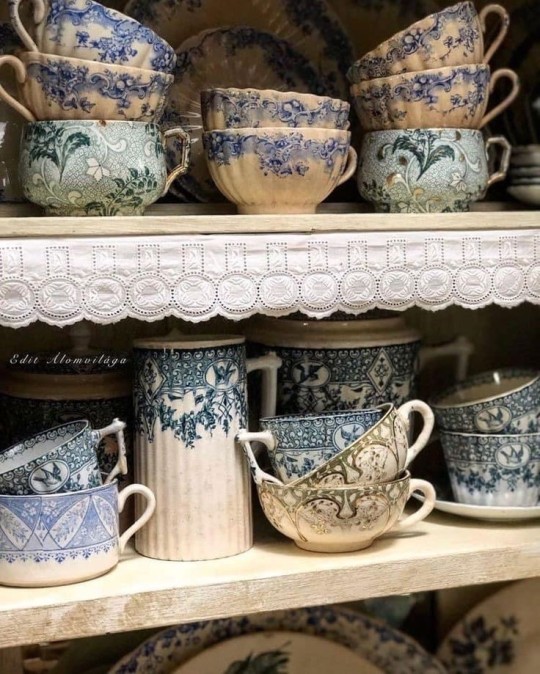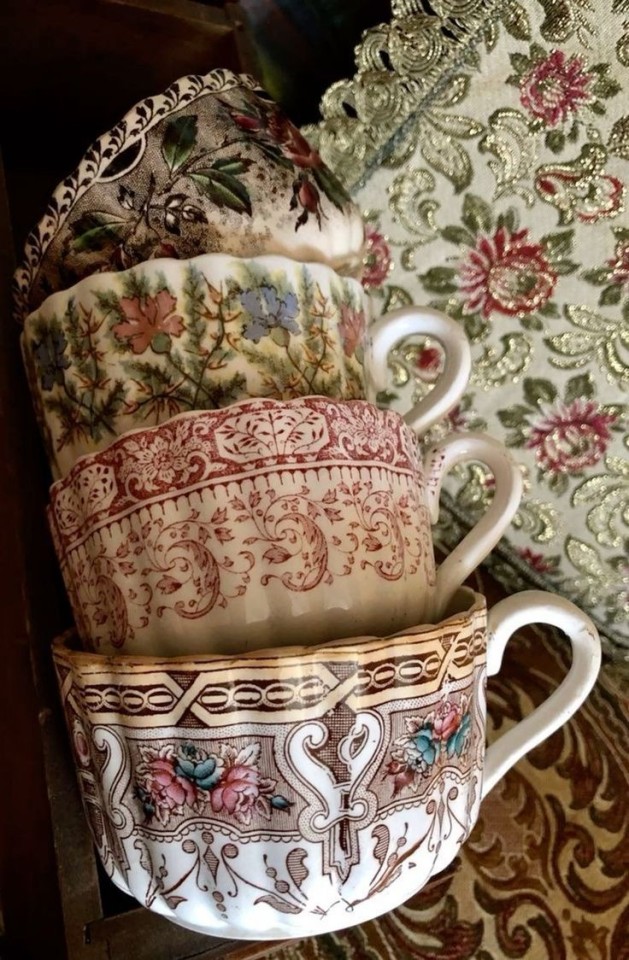#Earthenware
Explore tagged Tumblr posts
Text

Been working on a series of ceramic horseshoe crabs for a local org!
1K notes
·
View notes
Text





On the first day of Christmas, my truelove gave to me....
#ceramics#twelve days of christmas#art#illustration#artists on tumblr#bird#drawing#artwork#earthenware#ceramic#ceramic art#pottery#sgraffito#ceramist#ceramic sculpture#carving#partridge#pear#turtle doves#doves#french hens#hen#chicken#grackle#corvid#golden rings#avian#art tag#these have gone to the store recently#i assume theyve all been bought but whos to say
495 notes
·
View notes
Text

Aw, it looks like a My Little Pony ancestor ☺️ Figure, c.1930 Manufactured by Karlsruhe Maiolica Factory, Germany Glazed earthenware 16h x 19.5w x 9.4d cm (6 5/16 x 7 11/16 x 3 11/16 in.) Cooper Hewitt 2000-47-20
#animals in art#20th century art#european art#German art#figure#figurine#sculpture#ceramics#Karlsruhe Maiolica Factory#earthenware#Cooper Hewitt#1930s#pony#My Little Pony
292 notes
·
View notes
Text
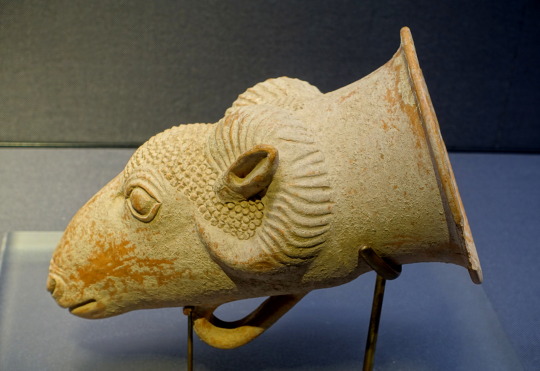
Earthenware rhyton in the shape of an ibex head, from Achaemenid Persia (6th or 5th century BCE). Excavated at Gilan, Iran; now in the Tokyo National Museum, Tokyo, Japan.
#art#art history#artifact#artifacts#rhyton#Persia#Persian art#Persian Empire#Achaemenid Empire#earthenware#Tokyo National Museum
382 notes
·
View notes
Text

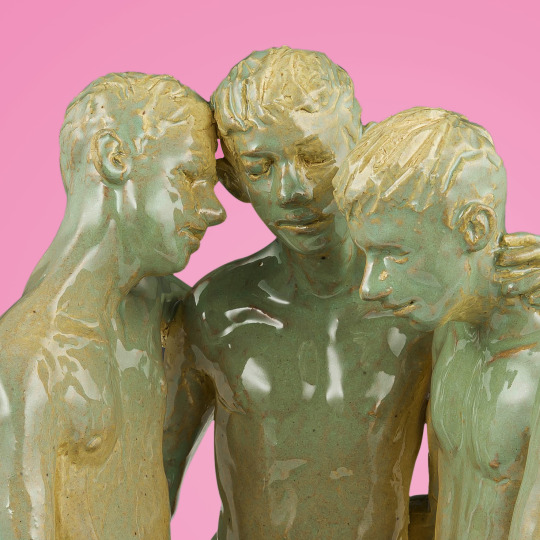
The Three Gays, Sis - Oliver Scarlin
white earthenware with celadon glaze, 2022
1K notes
·
View notes
Text

Teapot and Cover, Staffordshire, England, 18th Century
From the Victoria & Albert Museum
188 notes
·
View notes
Text
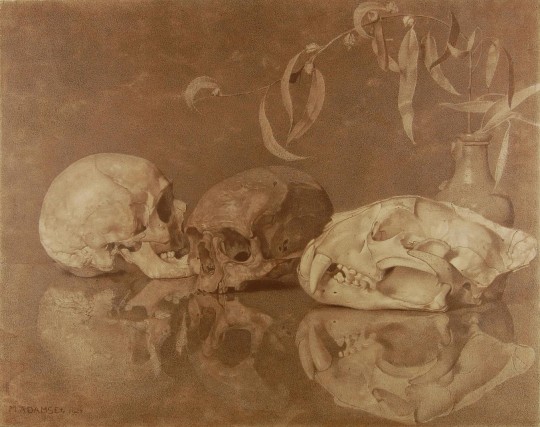
401 notes
·
View notes
Text
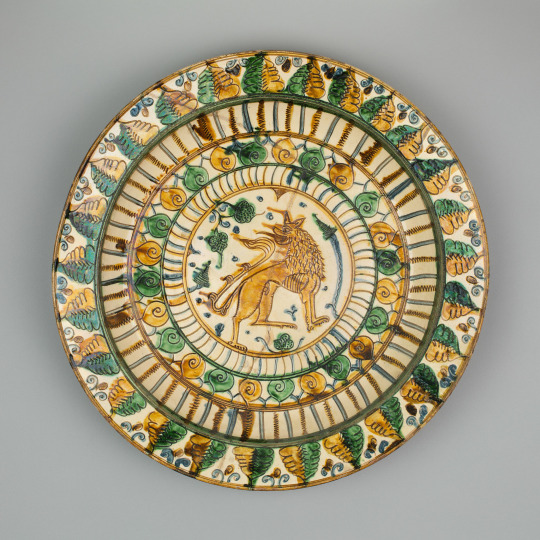
Dish with Rampant Lion
Italian, Late 15th century
153 notes
·
View notes
Text

#kitchen decor#small kitchen#kitchen interior design#kitchen ideas#farm sink#farmcore#farm design#cottage interiors#cottage living#cottagecore#earthenware#interior design#interior ideas#interiors#rustic living#rustic design#rustic home
57 notes
·
View notes
Photo
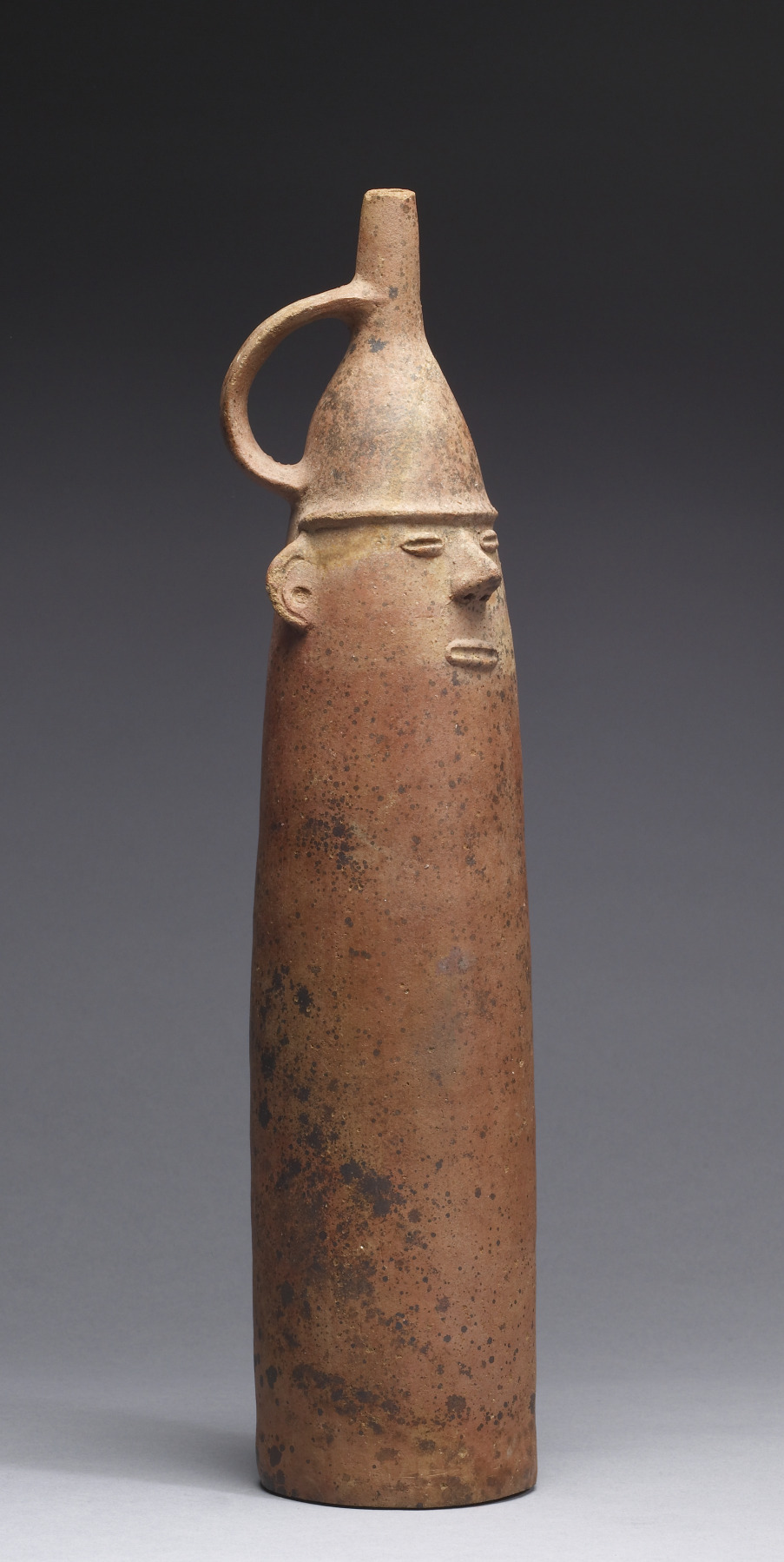
Figurative Bottle from peru
Salinar 200 BC-AD 100
(Early Horizon-Early Intermediate) Earthenware
The Walters art museum
181 notes
·
View notes
Text
#FishFriday 🐟:

Bottle in the form of a bulti fish
#AncientEgypt, New Kingdom, 18th Dynasty, c. 1550-1295 BCE
Ceramic (earthenware), modelled & painted, 9 x 15.2 x 6.7 cm
Royal Ontario Museum 963X188
#animals in art#ancient art#Egyptian art#fish#Fish Friday#bulti fish#ceramics#pottery#earthenware#bottle#effigy vessel#animal effigy#Royal Ontario Museum
92 notes
·
View notes
Text


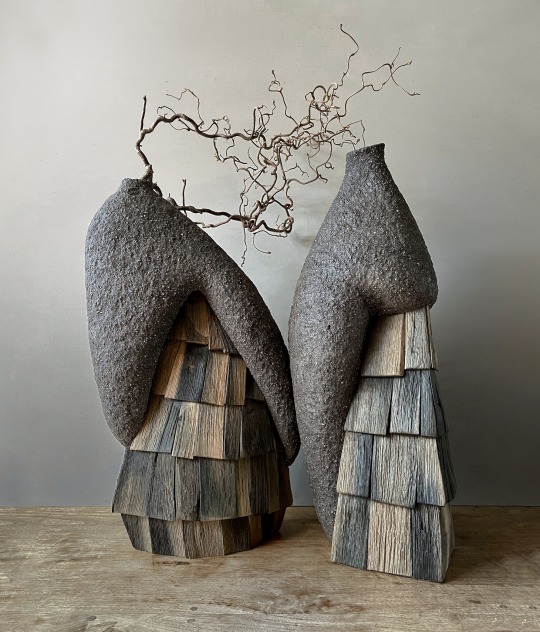
Traditional Design Meets Modern Function in Natura Ceramica’s Elemental Earthenware Vessels
763 notes
·
View notes
Text
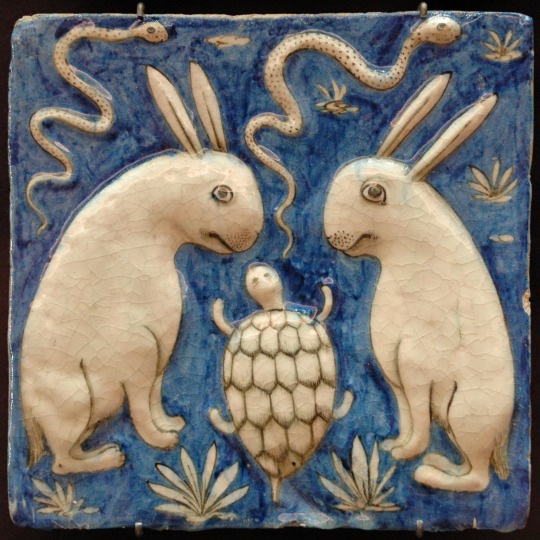
Tile with two rabbits, two snakes and a tortoise. Earthenware, molded and underglaze-painted decoration. Iran, 19th century.
184 notes
·
View notes
Text

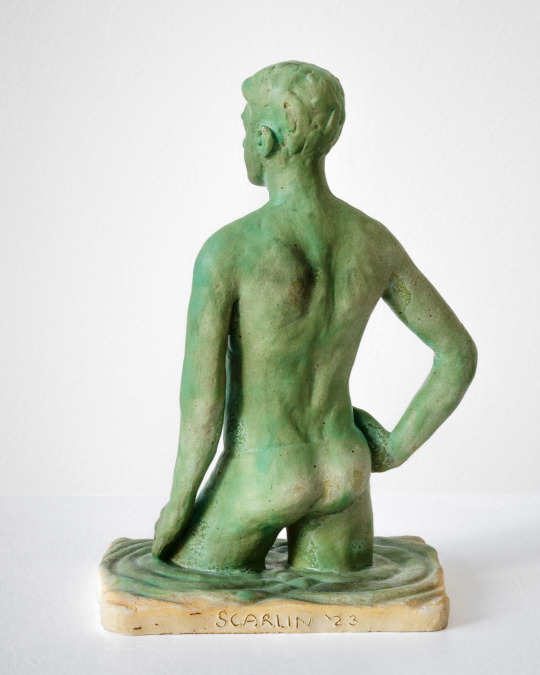
Oliver Scarlin - Wader (Chris) (2023)
101 notes
·
View notes

